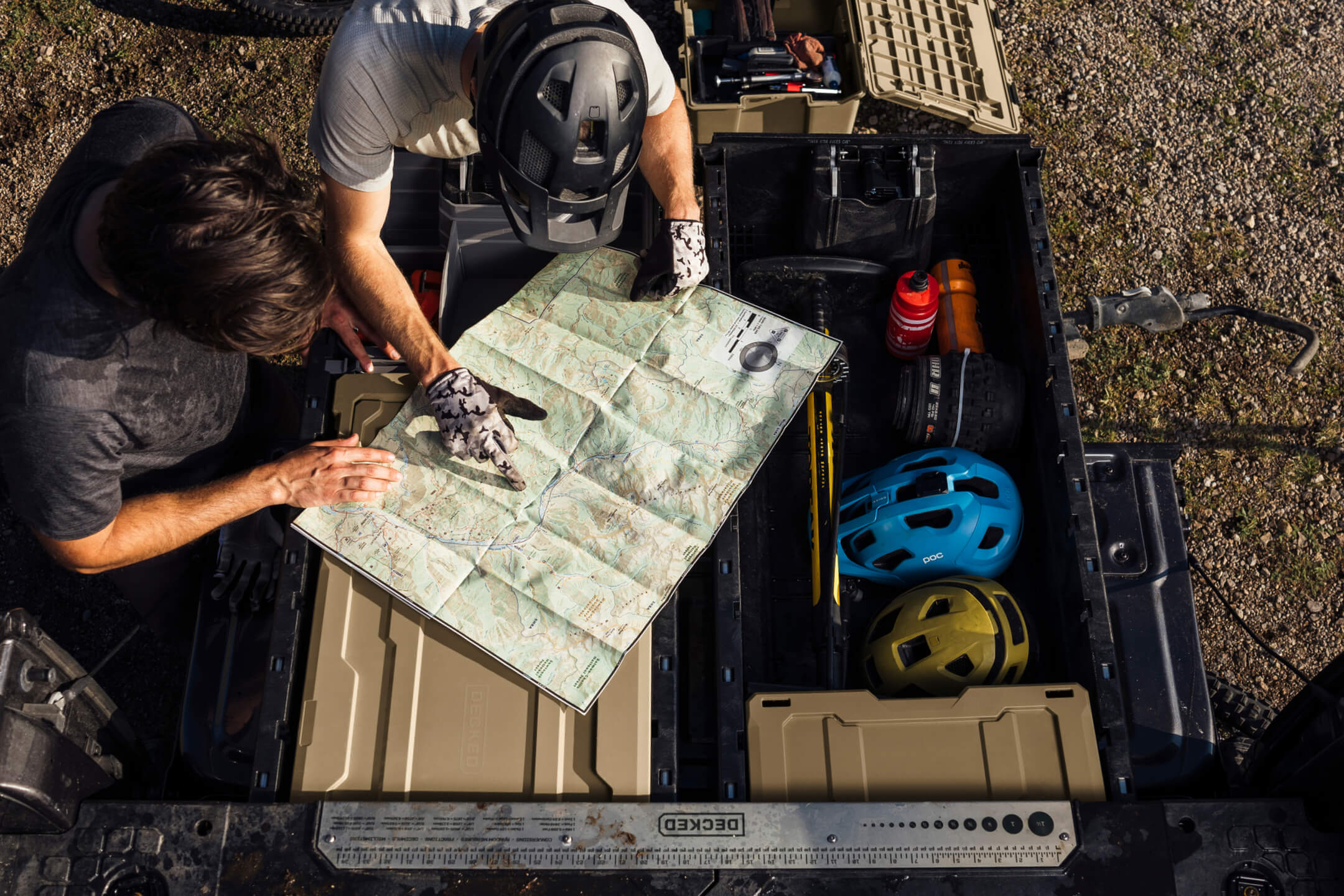
This page has taken a detour.
It looks like the page you’re looking for no longer exists.
Here’s how to get back on course:
- Head back to the homepage to explore what’s new.
- Visit our blog for insights and updates.

This page has taken a detour.
It looks like the page you’re looking for no longer exists.
Here’s how to get back on course: